
We’ve all done it—left our phones charging overnight or plugged in long after 100%. It feels harmless, right? But what seems like convenience hides real risks that can slowly drain your battery’s life and even endanger your device irreversibly. Let’s uncover what’s really happening behind that little lightning bolt icon running overnight.
Battery Overheating
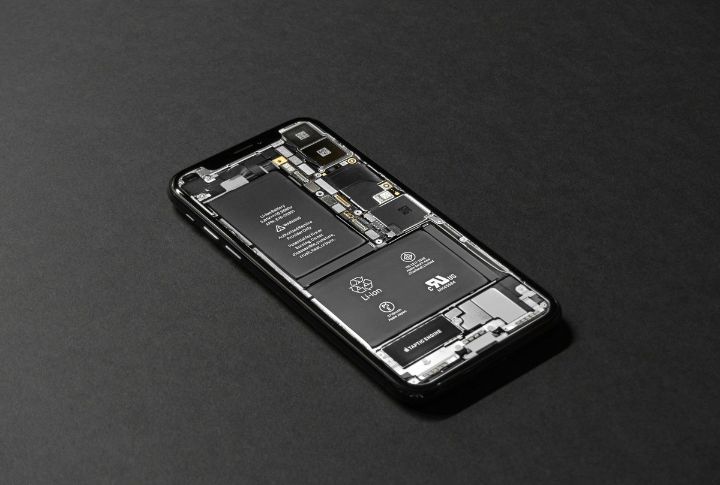
Think of your battery as a tiny chemical reactor with its own thermostat that can get overwhelmed during marathon charging sessions. When heat builds up unchecked, those energetic molecules in your battery can have mild swelling or full-blown thermal runaway.
Reduced Battery Lifespan
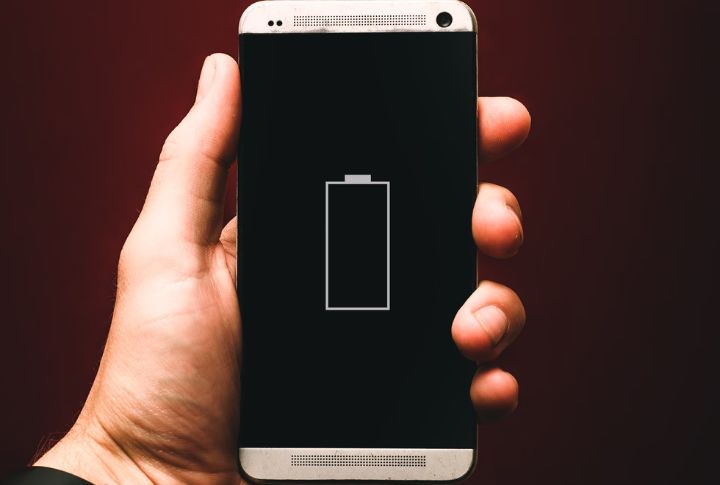
Most people don’t realize that overcharging quietly chips away at battery health. The heat from long charging sessions speeds up internal wear and shrinks capacity over time. Luckily, modern smart chargers are stepping in with automatic shutoff features.
Phantom Energy Drain
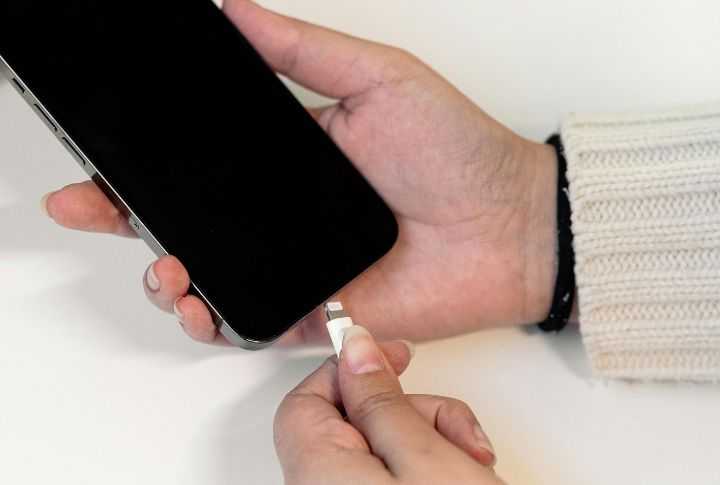
Even when your device looks idle, phantom energy drain keeps a trickle of power flowing. This “vampire power” saps electricity around the clock, hiking your carbon footprint without you noticing. The fix is as simple as unplugging devices when they’re not charging.
Risk Of Electrical Fire
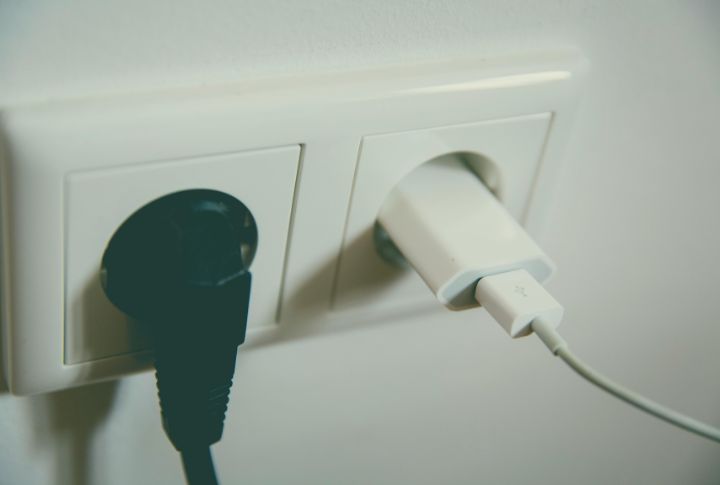
Here’s a safety truth worth remembering: always charge devices on non-flammable surfaces. Cheap or low-quality chargers left plugged in too long can overheat and ignite, which can lead to fires that a few regular extinguishers can’t handle.
Swollen Battery Casing
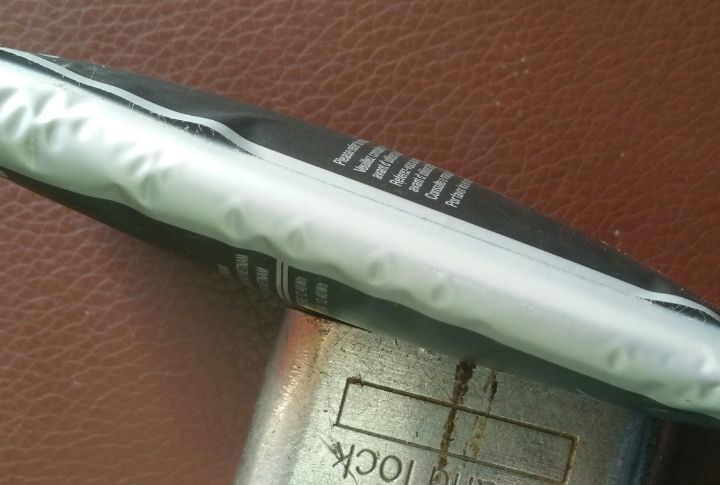
If your battery looks bloated or the case seems to bulge, don’t poke or toss it in the trash. That swelling comes from trapped gases caused by heat and overcharging. It’s basically a fire hazard waiting to happen.
Charger Component Degradation
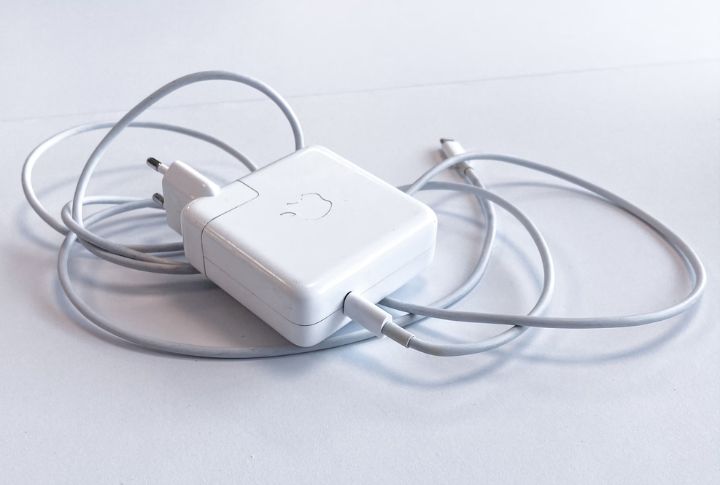
Constant heat wears out internal parts like capacitors and transformers, causing unstable charging or even device damage over time. Giving your charger a break not only saves energy but also extends its working life.
Device Performance Throttling
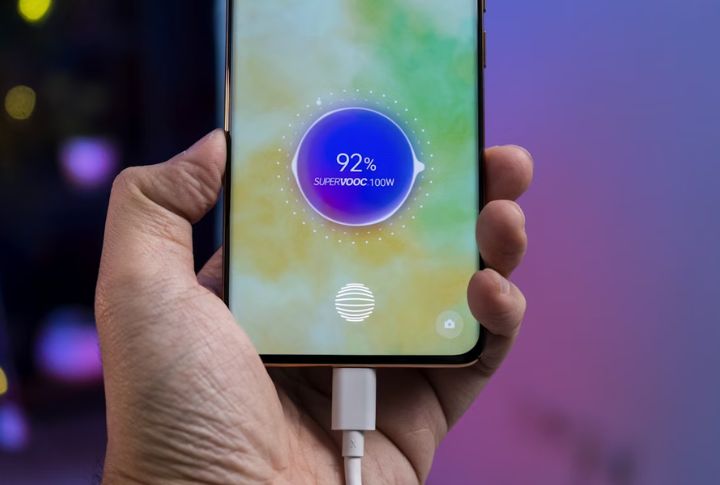
Ever notice your device slowing down mid-use? Staying plugged in too long can cause overheating and trigger automatic speed throttling to protect internal components. While your charging speed won’t change, performance might dip unexpectedly.
Battery Calibration Drift
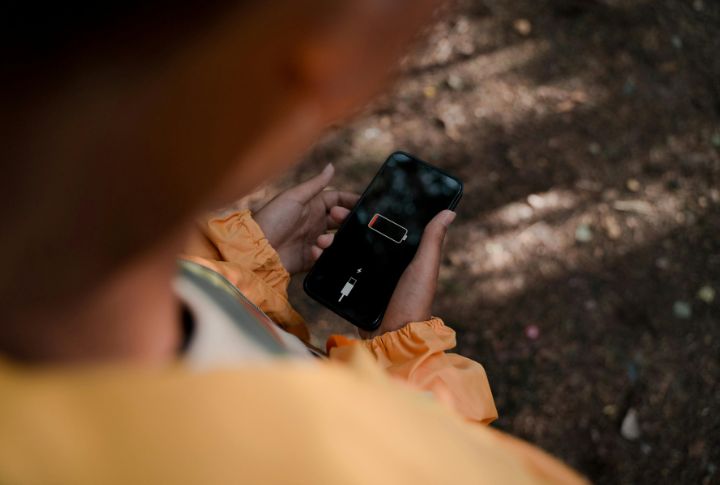
If you see your battery drop from 50% to 0 in minutes, it’s calibration drift, caused by always keeping devices plugged in. Over time, your device forgets how to measure power accurately, which is why, occasionally, letting the battery cycle fully helps reset those confused power readings.
Unexpected Reboots Or Shutdowns
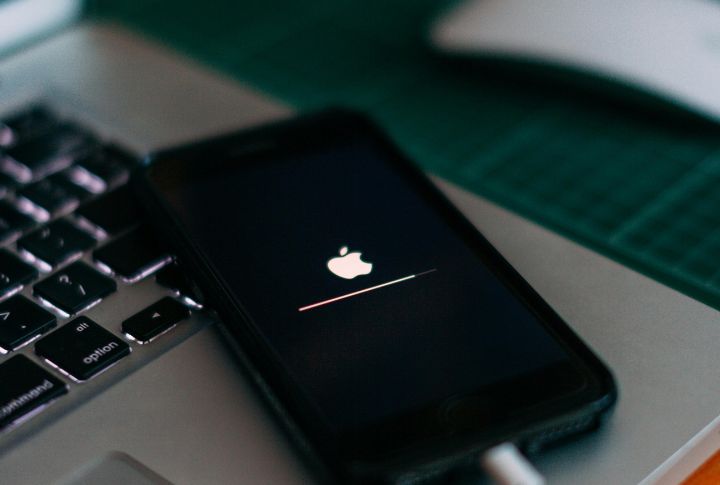
Overcharging can spark a chain reaction inside your device. As temperatures climb, built-in safeguards kick in. It may force surprise reboots or shutdowns to prevent internal damage. The side effect can be system instability or unexpected data loss.
Increased EMF Emissions
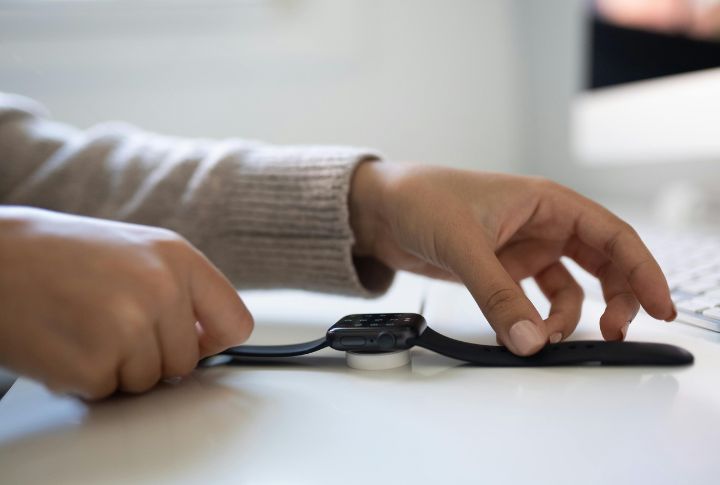
Plugged-in chargers create a constant cloud of low-level electromagnetic fields. Individually, each device emits little, but together, they build continuous exposure. Set up designated charging zones away from main living spaces, as it helps reduce ambient EMF.

